(NB&CL) Cinema is not only an entertainment industry, but also a powerful tool for countries to promote their image to the world , especially in promoting tourism. However, with Vietnamese tourism, this potential has not been fully exploited. Although there have been international films such as Kong: Skull Island that have strongly promoted the image of Vietnam, domestic filmmakers are the key force that needs to proactively build film products with strong Vietnamese cultural imprints, closely combining with tourism, in order to build a sustainable promotion strategy.
Cinema and tourism : The connection needs to be strongly rekindled
In recent years, Vietnam has witnessed a significant increase in the number of international tourists coming to visit and experience. The appearance of Hollywood movies such as The Quiet American (2002), A Tourist's Guide to Love (2023)... and especially Kong: Skull Island (2017), filmed in Quang Binh, Ninh Binh , contributed significantly to creating a wave of international tourists to Vietnam.
The stunning scenes of Ha Long Bay, Quang Binh and Ninh Binh in the film have brought Vietnam to the world, creating curiosity and attracting tourists to these localities. The success of international films shows that many Vietnamese film producers have not really taken the initiative to take advantage of cinema to promote domestic tourism.
This was once again emphasized at the seminar “Vietnam – A New Destination for World Cinema” held in Hanoi in September 2024. Deputy Minister of Culture, Sports and Tourism (MCST) Ho An Phong shared: “Cinema is a powerful communication tool that can help promote tourism, but to fully exploit this potential, we cannot rely solely on films from international film studios. Domestic filmmakers need to proactively participate in the production of films with a strong Vietnamese imprint, thereby promoting tourism through cinematic works”.
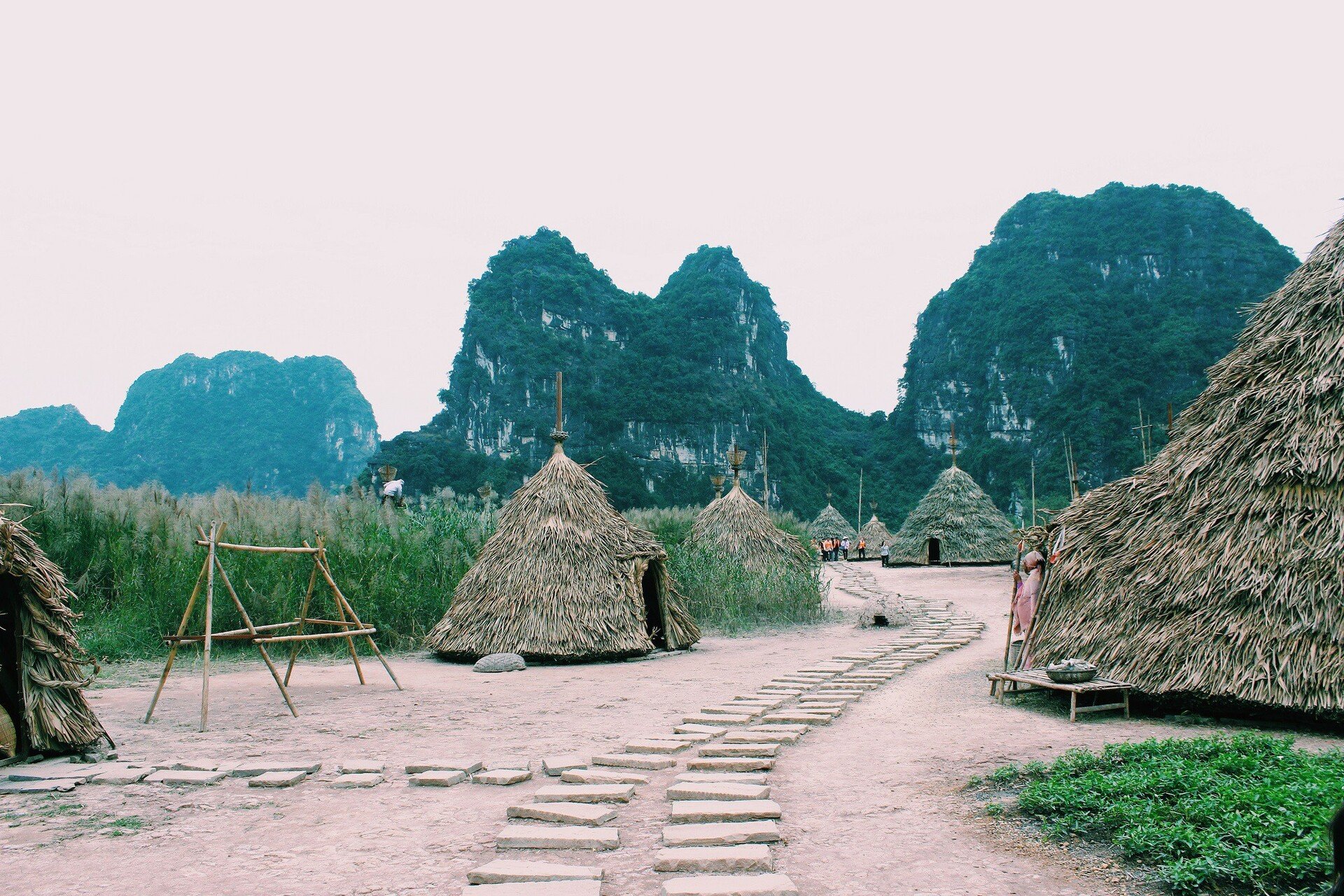
The movie “Kong: Skull Island” was filmed at many locations in Ninh Binh, contributing to promoting the image of Vietnam and making Ninh Binh an attractive destination for tourists. Photo: TCDL
Looking regionally and internationally, we see the reality that Vietnam possesses many outstanding landscapes that have not been effectively exploited in domestic film products. Localities such as Sapa, Phu Quoc, Ninh Binh, Hoi An, or Quang Binh... are destinations that not only stand out for their natural beauty but also possess unique historical and cultural values, but have not been focused on by domestic filmmakers in their films. The film industry has not yet created a strong connection with the tourism industry, so that each film is not only an entertainment product but also an effective tourism promotion channel.
“If we look at Thailand, they attract around 100 film crews, big and small, every year, while in Vietnam, I think it’s still not enough for two hands… So, we have missed out on many customers. Those are the things we need to consider and ponder,” said Ms. Ngo Phuong Lan, President of the Vietnam Film Promotion and Development Association (VFDA).
The important role of domestic filmmakers
In seminars and discussions on cinema and tourism, experts always emphasize the proactive role of filmmakers in creating highly promotional film products. Minister of Culture, Sports and Tourism Nguyen Van Hung, shared at the seminar "Promoting tourism through cinema" in September 2024 that: "When talking about promoting and attracting tourists through the creation of cinematographic works, we clearly see that the power of cinema is not only an art field, but also a cultural field. If we know how to combine this power, it will create a very high spread in promoting and introducing tourism".

Phu Yen is known to many tourists after the movie “I see yellow flowers on green grass”. Photo: Producer
In order for tourism promotion through cinema to not depend entirely on international film studios, Vietnamese filmmakers need to have films that are imbued with national cultural identity, introducing localities, heritages and unique traditional festivals of the country. Ms. Ngo Phuong Lan said: “Cinema is one of the powerful means to introduce Vietnamese culture to the world. However, for this promotion to be truly effective, we need films that are imbued with national identity and these works need to be built with a clear cooperation strategy with the tourism industry.”
A notable example is the film “I See Yellow Flowers on the Green Grass” directed by Victor Vu and released in 2015. The beautiful scenes shot in Phu Yen, with its clear blue beaches, not only resonated domestically but also gained international attention, contributing to promoting the natural beauty of Vietnam. However, according to experts, the combination of cinema and tourism in this film is still at a potential level, not yet fully exploited in the tourism promotion campaign. If this film had been closely combined with the tourism promotion strategy at destinations such as Phu Yen, it could have attracted a larger number of tourists.
However, developing cinema in association with tourism is not easy. One of the main obstacles is complicated administrative procedures, requiring filming permits from many different agencies and a lack of synchronous policies between localities and state agencies. These factors can create delays and increase costs for film crews, making filming in tourist areas less attractive.
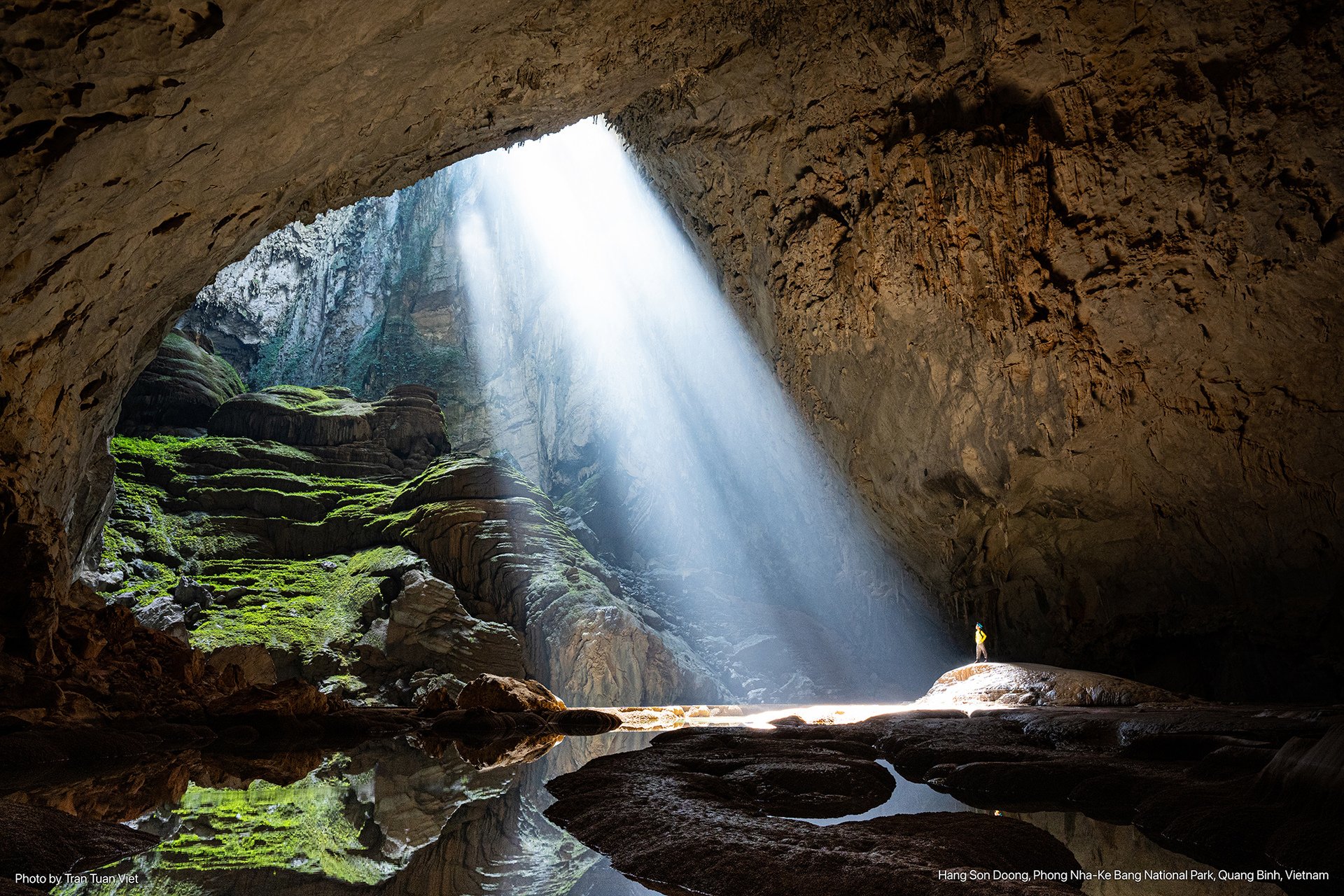
Son Doong Cave (Quang Binh) is one of the many beautiful locations across Vietnam that are used to promote tourism. Photo: Tuan Viet
In addition, domestic filmmakers have not invested properly in the image quality of their films. Although some films have profound and meaningful content, the exploitation of natural scenery in the film has not been given due attention. Therefore, films such as “I see yellow flowers on green grass”, “Pao’s story” or “Tet in hell village”, “Dat rung phuong Nam”… have not really become products that strongly inspire tourism.
Need clear strategy
To effectively promote tourism through cinema, there needs to be a clear strategy and close coordination between the film and tourism industries. Filmmakers need to proactively create films that are imbued with Vietnamese cultural and tourism identity. Along with that, tourism agencies need to create policies and support administrative procedures to make filming in localities more convenient.
First, strategies must include specific goals for developing tourism-promoting films, as well as policies to support international and domestic film crews when filming in Vietnam. It is necessary to have a cooperation program between the tourism and film industries, such as creating incentive packages for film crews, helping to simplify administrative procedures related to filming at tourist locations.
At the seminar “Promoting tourism through cinema” held at the Ministry of Culture, Sports and Tourism, Mr. Nguyen Trung Khanh, Director of the Department of Tourism, said that there needs to be a national strategy combining tourism and cinema, with the participation of state agencies, filmmakers and tourism businesses. This is a long but very promising road to sustainable tourism development. This synchronous coordination will help create a favorable environment for promoting tourism images through films, while encouraging domestic filmmakers to create and exploit unique stories associated with the culture, people and landscapes of Vietnam.
In addition, it is necessary to create a favorable environment for domestic filmmakers. Although international filmmakers play an important role in promoting the image of Vietnam's tourism, domestic filmmakers are the pioneers who need to proactively exploit this potential. One of the important solutions is to strengthen cooperation between filmmakers and localities to create films with high promotional value. Localities need to proactively cooperate, not only providing filming scenes but also supporting film crews in terms of logistics, legal procedures and many preferential policies. At the same time, filmmakers need to focus on building film scripts that can reflect the natural beauty, culture and unique historical and traditional stories of each region of Vietnam.
According to Mr. Bui Van Manh, Director of Ninh Binh Department of Tourism: “Ninh Binh has had a wonderful combination of cinema and tourism through the movie Kong: Skull Island. However, Vietnamese filmmakers also need to do this, to create works that are not only artistic but also have real tourism promotion value”.
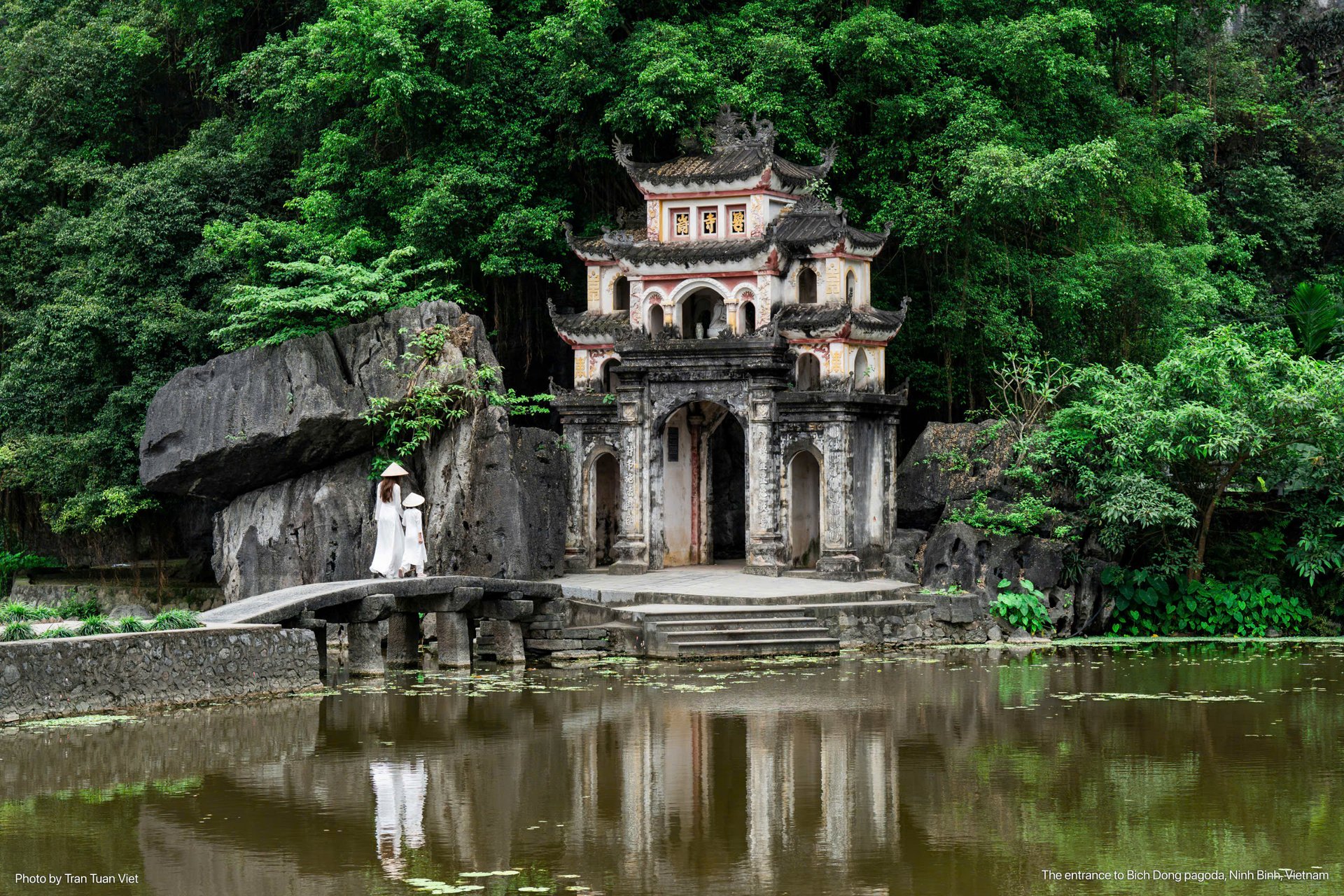
Bich Dong, Ninh Binh. Photo: Tuan Viet
Another factor to note is the development of financial mechanisms and investment support for tourism promotion films. In order for domestic filmmakers to create films imbued with Vietnamese cultural identity, the Government and relevant agencies need to have supportive financial policies. Investing in tourism promotion films should be considered a long-term strategy, not only bringing artistic value but also economic benefits through tourism. Film funds need to be expanded to encourage young filmmakers and independent film producers to participate in the creation of tourism promotion works.
In addition to financial support, creating film competitions and awards to honor tourism-promoting films is also an effective solution. Films that are able to attract public attention and interest will create a wave of tourists to the localities introduced in the film.
At the same time, the promotion and advertising of films in the tourism industry must be improved. Synchronized promotion strategies from mass media to television channels, social networks and tourism websites can spread, create a boost, and contribute to raising the level of destinations.
Local tourism agencies also need to work closely with film producers to organize film premiere events at tourist destinations, thereby attracting the attention of international visitors. Ms. Pham Thu Hang, Director of Trang An Service Trading and Investment Co., Ltd., shared at a seminar: “We have organized many events linking cinema and tourism in Ninh Binh and noticed a clear change in the number of tourists coming here after the movie Kong: Skull Island was released. This is a model that can be replicated if there is cooperation between localities, tourism businesses and filmmakers.”
Finally, international cooperation must be strengthened to expand opportunities for promoting tourism through cinema. Although international films such as Kong: Skull Island have had a positive impact, to promote Vietnamese tourism to the world more effectively, there needs to be stronger cooperation between Vietnamese filmmakers and international film crews. The Ministry of Culture, Sports and Tourism’s organization of tourism promotion in the United States with the participation of more than 500 guests including producers, directors of film studios, directors, film set directors, Hollywood actors, etc. is a positive signal and the right direction. This not only helps introduce the country through major films but also helps domestic filmmakers learn a lot of experience and improve the quality of film products.
Promoting tourism through cinema is a potential strategy but requires effective coordination between domestic filmmakers, tourism agencies and related organizations. Vietnam needs to proactively develop film products with strong national cultural imprints, associated with prominent tourist destinations, so that the image of Vietnam can be introduced to international visitors. At the same time, financial support policies and promotional propaganda need to be implemented synchronously to create a sustainable strategy. Only when domestic filmmakers clearly recognize the importance of combining cinema and tourism, can we maximize the country's tourism potential through impressive and culturally valuable films.
Trong Nhan
Source: https://www.congluan.vn/danh-thuc-tiem-nang-du-lich-qua-dien-anh-can-vai-tro-dau-tau-cua-cac-nha-lam-phim-trong-nuoc-post331484.html


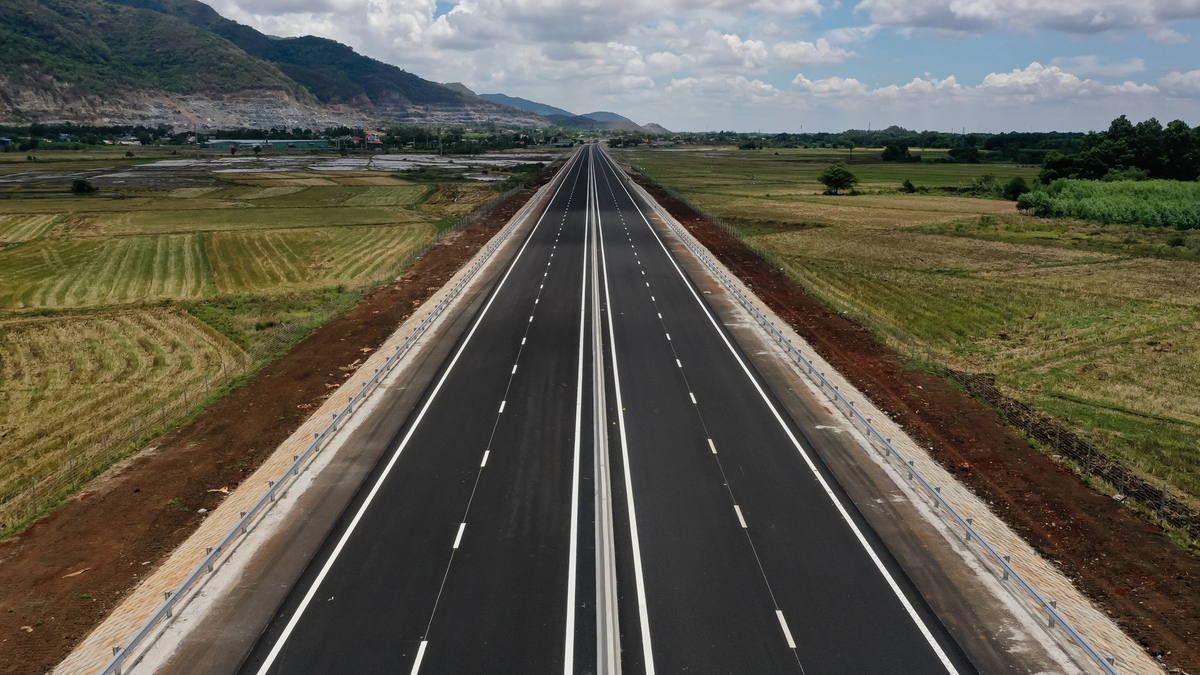
![[Photo] Party and State leaders attend the special art program "You are Ho Chi Minh"](https://vphoto.vietnam.vn/thumb/1200x675/vietnam/resource/IMAGE/2025/5/18/6895913f94fd4c51aa4564ab14c3f250)
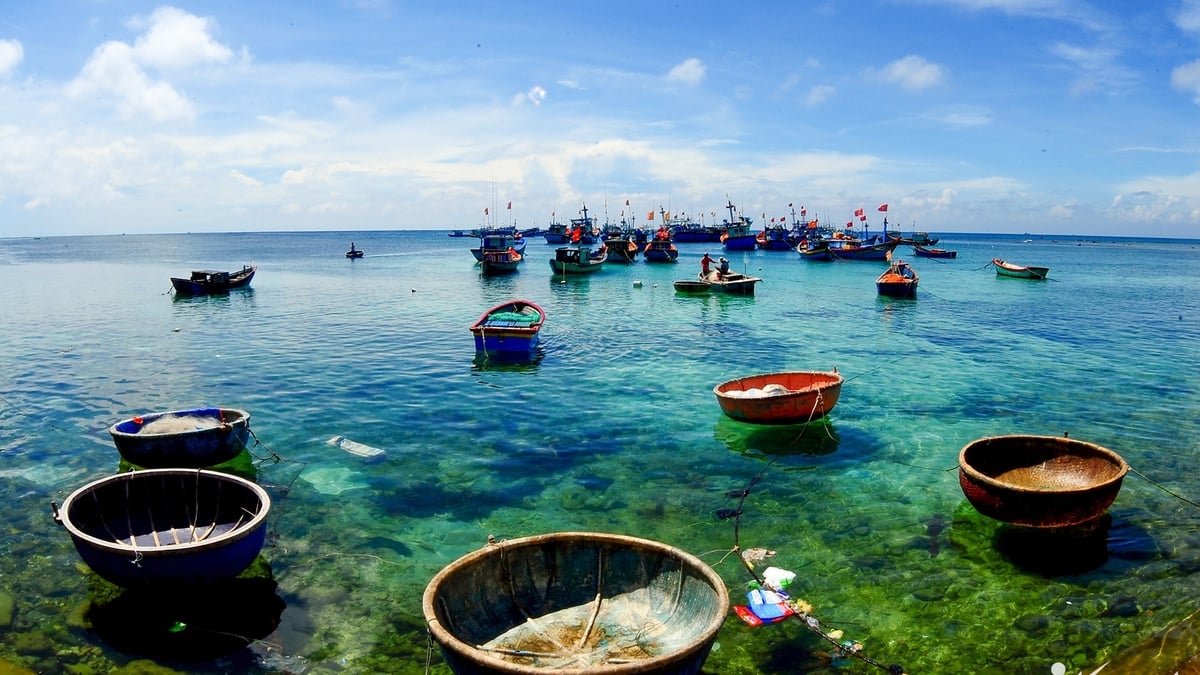
![[Photo] Party and State leaders visit President Ho Chi Minh's Mausoleum](https://vphoto.vietnam.vn/thumb/1200x675/vietnam/resource/IMAGE/2025/5/19/d7e02f242af84752902b22a7208674ac)

![[Photo] Special flag-raising ceremony to celebrate the 135th birthday of President Ho Chi Minh](https://vphoto.vietnam.vn/thumb/1200x675/vietnam/resource/IMAGE/2025/5/19/1c5ec80249cc4ef3a5226e366e7e58f1)
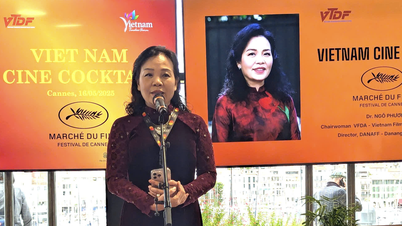



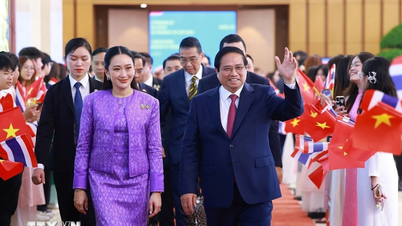

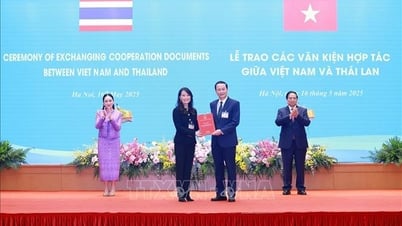





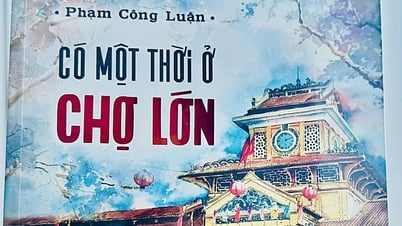
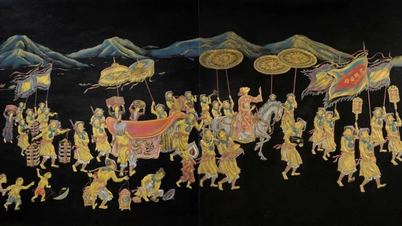



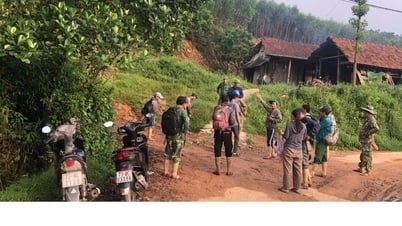




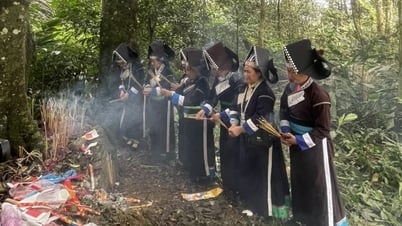
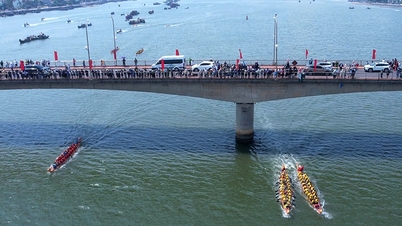
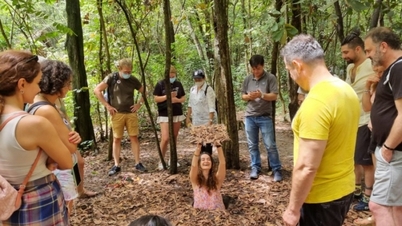



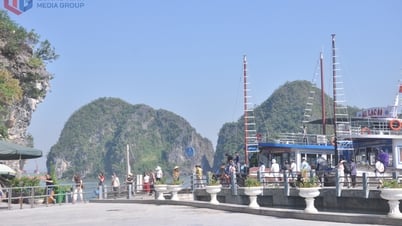

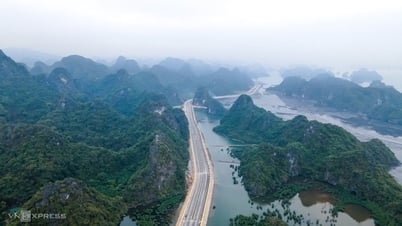

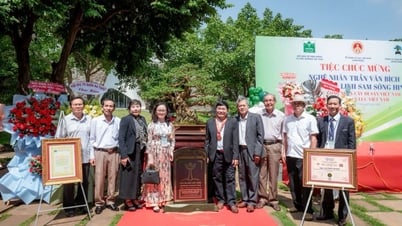








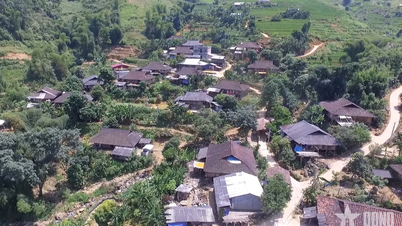

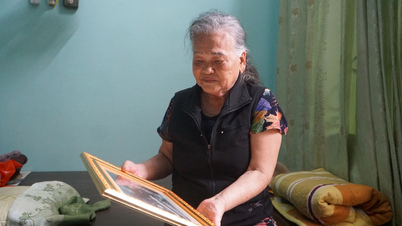

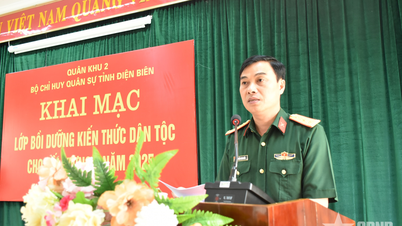
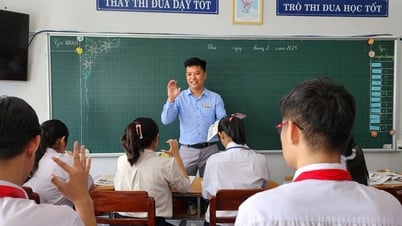





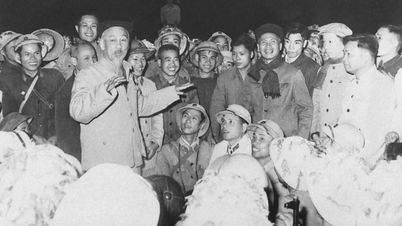


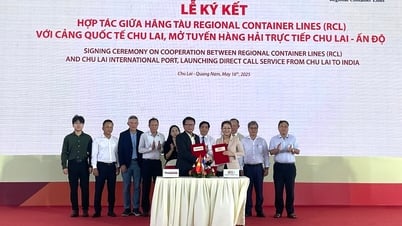

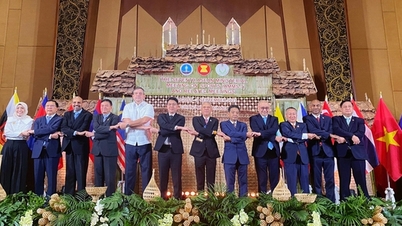



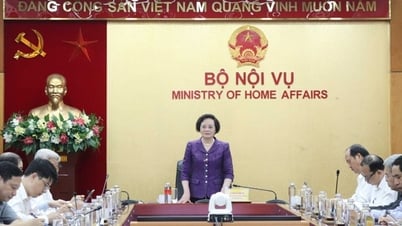




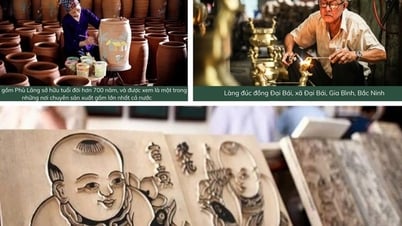



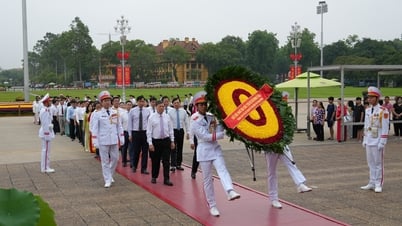

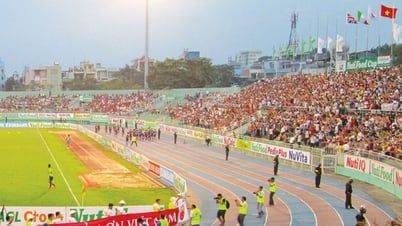
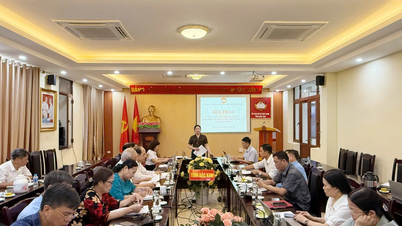

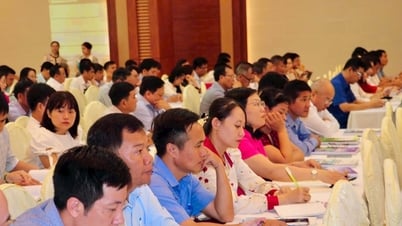

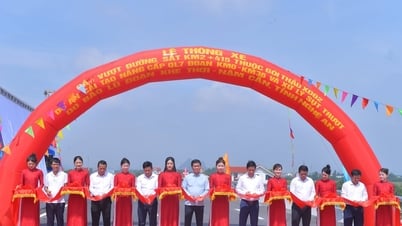
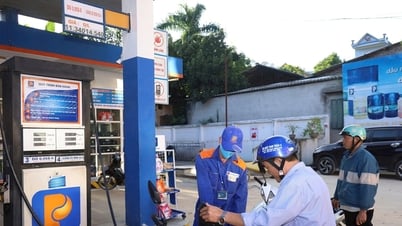
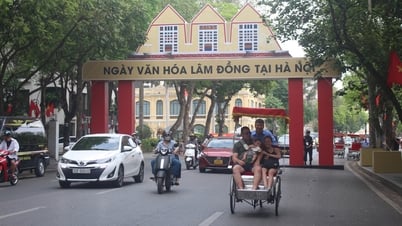

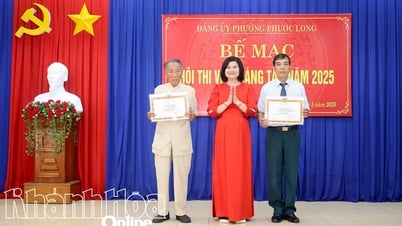









Comment (0)